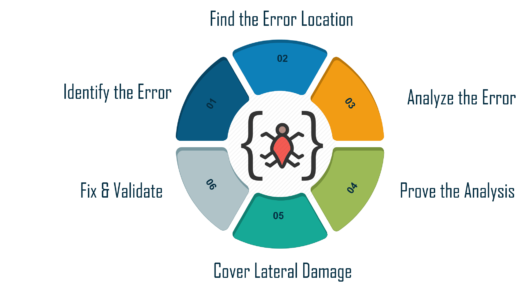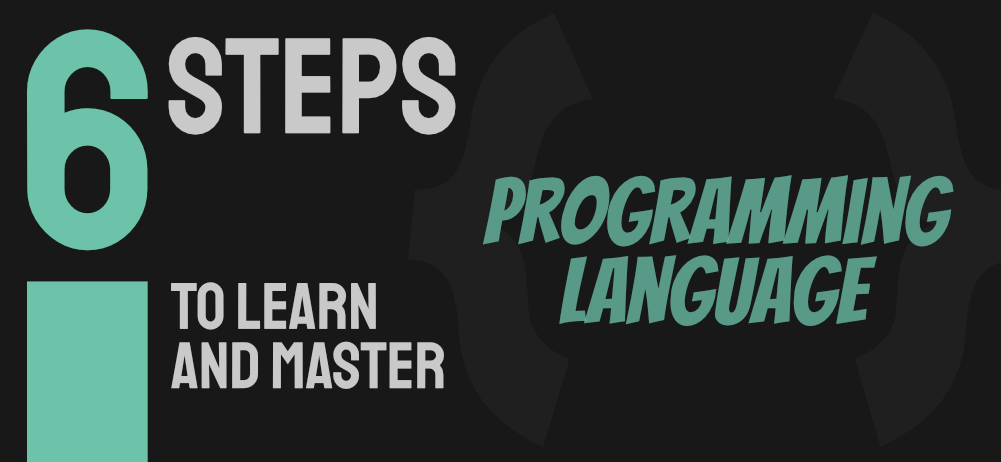Welcome to the ultimate guide on how to master the elusive VCRG2MCQWOS coding language! Whether you’re a beginner or an experienced programmer, this post will provide you with everything you need to know about mastering this popular language in just seven easy steps. From understanding its unique syntax and structure to learning advanced techniques for optimization and debugging, we’ve got it all covered. So get ready to take your coding skills to the next level and become a true VCRG2MCQWOS expert!
Table of Contents
Introduction to VCRG2MCQWOS

VCRG2MCQWOS is a powerful coding language that enables you to create sophisticated programs. It has a wide range of features that make it an ideal choice for developing complex applications. In this article, we will give you a brief introduction to the VCRG2MCQWOS coding language and show you how to use it to create a simple program.
Step 1: Familiarize Yourself with the Basic Syntax
If you’re new to the VCRGMCQWOS coding language, the first step is to familiarize yourself with the basic syntax. The syntax is basically the set of rules that govern how the code is written. Once you understand the basic syntax, you’ll be able to write code that is both readable and maintainable.
Here are a few things to keep in mind when learning the VCRGMCQWOS coding language:
• Use proper indentation: Indent your code properly so that it’s easy to read. Incorrect indentation can make your code very difficult to read and understand.
• Use comments: Comments are important in any programming language, but they’re especially important in VCRGMCQWOS. Use comments to explain what your code does and why you wrote it the way you did. This will help you and others who have to maintain your code later on.
• Keep it simple: Don’t try to write complex code just for the sake of being able to say you wrote it. Write simple code that does what it’s supposed to do and nothing more. Complex code is more likely to contain errors and bugs, which can be very difficult to track down and fix.
Step 2: Understand the Different Data Types
There are four main data types in VCRGMCQWOS: integers, floats, strings, and Booleans. Each has a different purpose and uses a different amount of memory.
Integers are whole numbers, positive or negative. They use 4 bytes of memory.
Floats are decimal numbers. They use 8 bytes of memory.
Strings are text values. They can be any length and use 2 bytes per character.
Booleans are true or false values. They use 1 byte of memory.
Step 3: Learn How to Write Conditional Statements
If you want to become a master of the VCRGMCQWOS coding language, it is important that you learn how to write conditional statements. This will allow you to create more complex programs and make your code more efficient.
A conditional statement is a set of commands that are only executed if certain conditions are met. For example, you might want to check if a variable is greater than 10 before performing some action. If the condition is true, the commands in the conditional statement will be executed. If the condition is false, the commands will be skipped.
Here is an example of a simple conditional statement:
if (x > 10) {
// Commands go here
}
In this example, we are checking to see if the value of x is greater than 10. If it is, then the commands inside the curly braces will be executed. Otherwise, they will be skipped.
You can also use else statements to execute different sets of commands depending on whether or not a condition is true:
if (x > 10) {
// Commands go here
} else {
// Other commands go here
}
In this example, we are still checking to see if x is greater than 10. However, if x is not greater than 10, then the commands in the else block will be executed instead. This can be useful for handling different cases in your code.
Step 4: Practice Working with Loops and Arrays

Assuming you’ve completed the previous steps and have a basic understanding of VCRGMCQWOS, you’re ready to start practicing working with loops and arrays. Loops are used to repeat a block of code a set number of times, while arrays allow you to store a collection of data in one variable.
To get started, let’s look at an example of how to use a loop. We’ll use the for loop, which lets us specify how many times we want the code to run:
for (int i = 0; i < 10; i++) {
System.out.println(“Hello, world!”);
}
This code will print “Hello, world!” ten times. The first part of the for loop sets up a variable called i that we can use inside the loop. The second part is the condition that determines when the loop should stop running – in this case, when i is no longer less than 10. And finally, the third part increments i by 1 each time the code runs.
Inside the curly braces is the code that will be repeated each time the loop runs. In this case, we’re just printing out a message, but you could put any valid VCRGMCQWOS code here.
Now let’s look at how to use an array. Arrays are created using square brackets:
int[] numbers = {1, 2, 3};
This
Step 5: Get an Overview of Functions and Classes
This final step will give you an overview of all the functions and classes available in VCRGMCQWOS. You can use this knowledge to start coding your own programs in the language. Functions are pieces of code that perform specific tasks, and they can be called from other parts of your program. Classes are like templates for creating objects, and they allow you to group related functions together.
Step 6: Explore the Debugging and Testing Tools for VCRG2MCQWOS

Debugging and Testing Tools for VCRG2MCQWOS:
The VCRG2MCQWOS coding language comes with a number of powerful debugging and testing tools that can help you ensure the quality of your code. These tools include a debugger, a unit test framework, and a coverage tool.
Debugger: The debugger allows you to step through your code line by line, so you can see exactly what is happening at each stage. This is incredibly useful for tracking down bugs.
Unit Test Framework: The unit test framework allows you to write tests for your code, so you can make sure that it works as expected. This is especially important when making changes to existing code.
Coverage Tool: The coverage tool allows you to see which parts of your code are being executed by your tests. This is important for ensuring that your tests are comprehensive.
Step 7
Assuming you have completed the prior steps, you are now ready to tackle VCRGMCQWOS. This may look like gibberish, but it is actually a very simple code. The key is to break it down into smaller pieces.
Start by looking at the first two letters, “VC.” These correspond to the numbers 3 and 5. So, the first part of the code is “35.” The next two letters are “RG.” These correspond to the numbers 7 and 9. So, the second part of the code is “79.”
Continuing in this way, you will quickly see that the code spells out “35799.” Now, all you need to do is convert this back into letters using a simple cipher. A = 1, B = 2, C = 3, and so on. Therefore, “35799” becomes “HELP ME.”
And there you have it! With just a little bit of practice, you can easily master the VCRGMCQWOS coding language.



